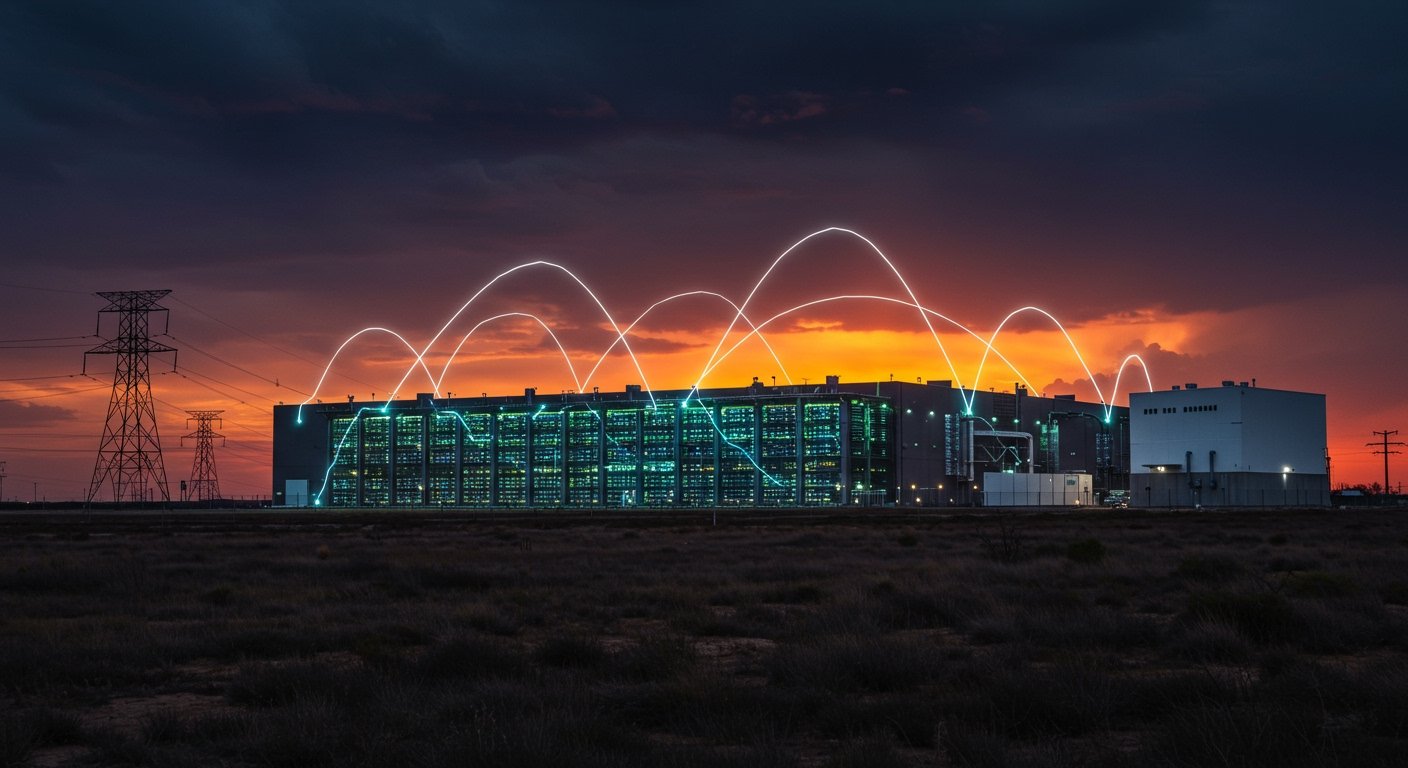A convergence of rapid population and economic growth is placing unprecedented strain on Texas’ independent energy grid, prompting lawmakers to explore potential reforms aimed at bolstering reliability and managing surging demand. Recent reports, including a news round-up from May 27, 2025, highlight the state’s active efforts to address these challenges, particularly concerning the energy needs of burgeoning large businesses.
The Challenge of Rapid Growth
Texas, a state long defined by its expansive growth, is experiencing the direct impact of that prosperity on its critical infrastructure. According to ERCOT, the entity responsible for operating the state’s grid, energy demand could double within the next six years. This projection underscores the scale of the challenge facing the grid operator and policymakers.
The surge is driven significantly by the proliferation of large data centers and substantial new industrial projects flocking to the state. While these developments represent significant economic investment, they also represent potential sources of considerable strain on the existing energy system. The grid operator’s data illustrates this trend: Texas experienced a record demand of 85,508 megawatts in August 2023. ERCOT’s projections indicate this demand could escalate dramatically, reaching approximately 150,000 megawatts by 2030.
Legislative Response and Reforms
In response to these escalating concerns and the potential for future strain, Texas lawmakers are actively seeking mechanisms to strengthen the power grid. Their focus includes developing strategies to better manage the energy consumption of the largest users.
A notable legislative effort emerged on May 26, when a bill proposing increased oversight for Texas’ largest energy consumers received initial approval in the Texas House. This measure is intended to provide the state with better tools to manage its electric supply, particularly during periods of peak demand when the grid is most vulnerable.
Proponents argue that enhanced oversight is a necessary step to ensure grid stability as demand continues its rapid ascent. However, the proposal has drawn criticism, with some expressing concerns that such regulatory measures could potentially discourage large energy-intensive companies from conducting business in Texas, potentially impacting future economic development.
Infrastructure Solutions and Investment
Alongside legislative efforts, energy companies and grid operators are pursuing infrastructure projects aimed at enhancing reliability. A key area of investment is in battery storage, which can store excess energy during periods of low demand and discharge it back onto the grid during peak times, helping to balance supply and demand.
CenterPoint Energy, a major utility provider, is partnering on a battery storage initiative specifically aimed at enhancing the reliability of the power grid in the Houston area. This project, noted in reports from May 15, is part of a broader statewide trend of increasing battery capacity across the Texas grid, a strategic move to add flexibility and resilience to the system.
Navigating Future Demand
The challenge for Texas lies in navigating the complexities of accommodating robust economic growth while ensuring the power grid remains secure and reliable for all users, from residential customers to the largest industrial facilities. The significant demand projections from ERCOT necessitate a multi-pronged approach involving legislative action, infrastructure investment, and potentially new strategies for integrating large energy users onto the grid.
As lawmakers continue to debate and refine potential reforms, and as utilities implement infrastructure upgrades, the focus remains on building a grid capable of supporting Texas’ dynamic future while mitigating the risks of strain during periods of high demand.






